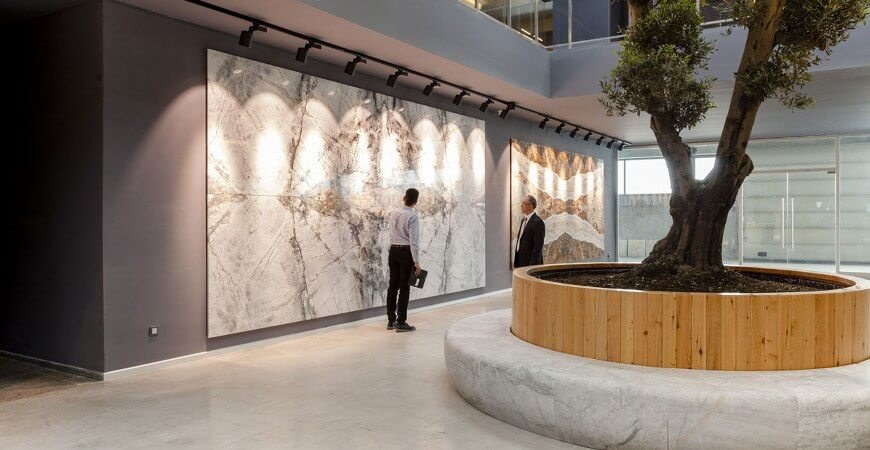The Museums of Afyon
The Afyon Museum was first established in the Gedik Ahmet Pasha Medrese, the gathering of objects from Afyon and its surroundings beginning in 1931, and the museum was opened to the public in 1933. In 1937 the Kusura Room of the museum was opened and in 1948 the Ethnographic Room. Every year the number of objects in the museum increased, to reach a figure of fifteen thousand in 1970. With this in mind a new museum building was begun, and in 1970 was completed, and the works in the Gedik Ahmed Pasha Medrese were moved to the new museum, which was opened to the public in 1971.
Afyon Archaeological Museum:
Today Afyon Archaeological Museum consists of 9 large and small rooms, 1 library, 1 conference hall, 1 laboratory, store rooms and administrative offices. The objects exhibited in the museum come from provinces near Afyon such as Burdur, Kutahya, Usak, and Isparta, and from excavations carried out in Kusura, Yazilkaya, and Hacilar. These objects date from the Neolithic, Early Hittite, Phrygian, Hellenistic, Roman and Byzantine periods. Generally, the works are exhibited as follows:
First Room — Small statues from the Byzantine period, bas-reliefs, and urns;
Second Room — Statuettes, stones and offering stones from the Roman period;
Third Room — A collection of pre-historical weapons, idols, figurines, and ceramics;
Fourth Room — A collection of pre-historical “Kusura ceramics”;
Fifth Room — Various objects from the Phrygian period;
Sixth Room — Coins and medallions;
Seventh Room — Earthenware figures, glass objects;
Eighth Room — Various Roman objects and lamps;
Ninth Room — Statues and cult sarcophagi from the Roman period. There is also a hall in which works from the Turkish-Islam period are on exhibit.
Outside, on the right hand side of the garden are large Roman statues and Roman-Byzantine sarcophagi, and on the left hand side are sacrificial altar stones, gravestones, pedestals of statues, Greek and Latin inscriptions, small statues, bas-reliefs and building stones, and in the covered gallery there are Antioch Roman period “Victory Arch” bas-reliefs, a price list from an Agora (Roman marketplace), the Synnada sarcophagus, gravestones, various inscriptions, bas-reliefs, marble urns, earthenware sarcophagi, and several pieces from sarcophagi. The Afyon Ethnographic Museum: The Afyon Ethnographic Museum is housed in the old Museum building, the Gedik Ahmed Pasha Medrese (Moslem college). The Medrese, which Architect Ayas built for the Ottoman Prime Minister, Gedik Ahmed Pasha, in 1477, has a courtyard and fountains. The courtyards are surrounded by the rooms of the medrese. In the museum are exhibited objects found in Afyon and its surroundings: weapons, apparel, embroidery, tapestries, a lectern, gilded books, copper dishes and other ethnographic objects.
Ataturk’s Headquarters and Victory Room in Afyon: One day ofter the Great Assault during the National Liberation War, the Turkish army entered Afyon on August 27, 1922, and after this Afyon was made the headquarters of the High Command and the Western Front. The Headquarters was established in the Afyon Municipality building, where Ataturk spent the night on August 28, 1922. After the Victory the room to the right of the entrance of this two-storied building was named the “Victory Room”, and together with the original furnishings opened to the public. The Victory Room contains the table and arm chairs used by Ataturk, furnishings, maps used for the Great Assault.


































































































































